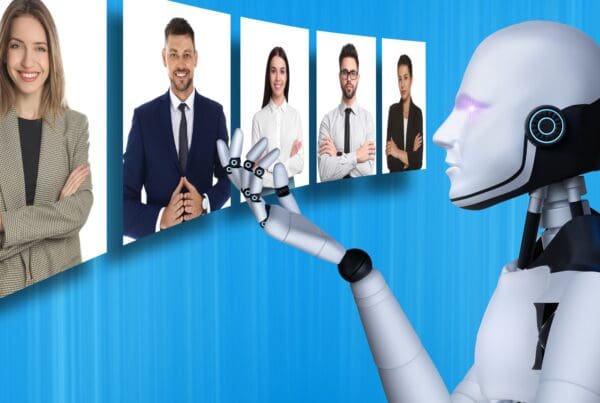Science has never enjoyed the spotlight more than at the start of 2020, with the coronavirus – and the race for a vaccine – making front-page news with frightening frequency. While the outbreak will continue to dominate in the coming weeks, a more broad focus on the sector is happening, with British Science Week 2020 running from today until 15th March 2020.
This ten-day celebration of STEM (science, technology, engineering and maths) features a ‘Smashing Stereotypes’ campaign, designed to encourage STEM employees and researchers to share their stories about what they do in their day-to-day work. It is hoped the initiative will highlight the diversity of the STEM workforce, the broad range of jobs and careers available, and to reinforce that scientists are just like other people.
Trying desperately not to be overshadowed is the space sector. Although relegated down the ranks in terms of recent column inches, the discovery in February 2020 of the biggest cosmic explosion on record caused more than a ripple of excitement, and illustrates the type of once-in-a-lifetime discovery that may await those following a career path in the space sector.
In a bid to whet the appetite of budding STEM and space sector workers – but at risk of sounding like science fiction fantasists – we’ve rounded up seven mind-boggling advancements expected in the imminent future. If you want to be part of these rapidly-developing sectors and perhaps make your own groundbreaking discovery, contact Bond Williams for the latest space and STEM job vacancies.
- Nuclear fuelled space rockets – The Pentagon is working on new ways to move cargo between the Earth and the moon, and it is reported that the future of cosmic logistics could be nuclear powered rockets fuelled by low-enriched uranium.
- Space-powered trainers – Adidas is hoping observations of how pellets move in zero gravity will lead to the development of a new midsole to be used in its Boost shoes. The sports brand is sending its pellets into orbit aboard the ISS in March 2020.
- Super-boosted electric vehicle batteries – The recent discovery of a new carbon-silicon composite material could soon power batteries in all electric cars, doubling the vehicles’ driving range. The next step is to commercialise and mass produce the new composite for extensive use.
- Asteroid deflector – Thanks to a few near misses, scientists are ramping up their activity to defend the Earth against potentially catastrophic asteroid strikes. Research at MIT proposes sending scout missions to analyse an asteroid’s composition in hope they can launch a battering-ram type rocket to knock threatening asteroids off course.
- A cure for paralysis – Medical researchers and scientists are working hard to find a cure for paralysis. Their method involves a machine-brain interface, which enables paralysed humans to control neuro-prostheses. Translated, this means mechanical, motorised limbs that respond to human thought are closer to development than ever before.
- A new source of energy – Nuclear fusion is a hot topic in STEM. With greater funding in place, work to establish how we can harness the power of the sun in a contained reactor to form a renewable, safe, clean and cheap source of energy is now advancing at a rapid rate.
- Fridges powered by elastic bands – If commercialisation is forthcoming, household fridges of the future could be powered by ‘twistocaloric cooling’ – the twisting and untwisting of elastic bands. Although pretty neat in isolation, this is part of the initiative to cut harmful global emissions, with STEM sector innovations leading the charge.





